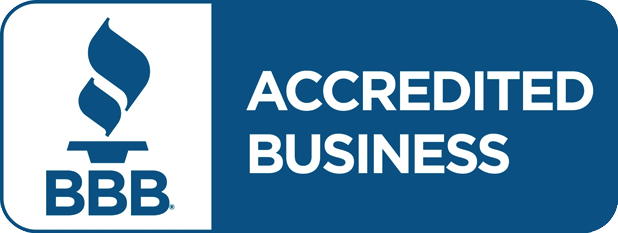When nurses list their many hard-earned credentials, it can absolutely look like alphabet soup - a well-deserved cliché. And while soup may be a hearty meal (it’s great fun to stir the letters with your spoon), sometimes we’re confused about how to record or display our credentials correctly for our resumes, business cards, job applications, and other materials. Let’s break down the current norms for communicating your awesome nursing credentials to the wider world.
The ANA Has Their Say
There are differing opinions regarding how to best do the nurse credential dance. According to the American Nurses Association (ANA), the correct order of credentials is thus:
- Highest academic degree
- Licensure
- State designations or requirements
- National certifications
- Awards and honors
- Other recognitions
Most academic institutions and academicians also recommend the same standard, and the ANA’s argument for this ordering makes a great deal of sense:
“The education degree comes first because it is a “permanent” credential, meaning it cannot be taken away except under extreme circumstances. The next two credentials (licensure and state designations/requirements) are required for you to practice. National certification is sometimes voluntary, and awards, honors, and other recognitions are always voluntary.
“On legal documents such as prescriptions and notes on medical records, you must use the credentials required by your state for your area of practice, for example, Susan Jones, RN, or Joyce Smith, APRN. In professional endeavors such as speaking, writing for publication, or providing testimony before a legislative body, use all your relevant credentials. Note that journals sometimes order credentials differently, and it is acceptable to conform to their style.
“List the highest education degree first, for example, Michael Anderson, PhD, MSN. In most cases, one degree is enough, but if your second degree is in another relevant field, you may choose to list it. For example, a nurse executive might choose Nancy Gordon, MBA, MSN, RN. Note that the highest non-nursing degree is listed first followed by the highest nursing degree.
“A nurse who has a master’s in a non-nursing field might choose Anne Peterson, MEd, BSN, RN. If you have a doctorate and a master’s degree, omit your baccalaureate degree. Multiple nursing certifications may be listed in the order you prefer, but consider listing them either in order of relevance to your practice or in the order they were obtained, with the most recent first. Always list non-nursing certifications last.”
Can You Do It Your Way?
Donna Cardillo, RN, MA, CSP is a seasoned nurse speaker, career mentor, and nursing thought leader, and she has an opinion that differs from the ANA. A seasoned nurse with decades of experience, Ms. Cardillo advocates for nurses to list their credentials how they see fit, and she personally chooses to list the RN first, despite the fact that this does not adhere to ANA recommendations. She opines that whether you write RN, BSN or BSN, RN, either is perfectly acceptable in most circumstances.
From this writer’s perspective, I also follow Ms. Cardillo’s lead, with my credentials reading RN, BSN, NC-BC. As a public figure, writer, and nurse entrepreneur, my credentials are already listed in this manner in hundreds of documents, websites, and articles, so I prefer that my credentials be displayed consistently in any circumstance. As for those outside of our industry, the RN is the first credential they see after my name, providing something familiar and easy to grasp for the uninitiated.
So far, there is no nursing credential police who will strip you of your nursing license because you choose to list your credentials differently than others. You can march to the beat of your own drum to a degree, however, you want to make sure that your credentials make sense and represent you and your career accurately.
Finally, if you are writing for publication, speaking at a conference, submitting an abstract, or otherwise interfacing with a large institution that puts stock in consistency, it’s prudent to do your due diligence and follow their specific standards.
Credentials Speak Louder Than Words
In this 21st-century healthcare world, credentials can indeed speak louder than words. Be sure to list your credentials on your resume and letterhead, LinkedIn profile, business card, and anywhere else that bears your name as a nursing professional. This gives people the chance to know where you stand, even if they only give your materials a cursory glance.
Wear your nursing alphabet soup with pride and document your credentials in a manner befitting your specialty, institution, employment status, and personal preference.



